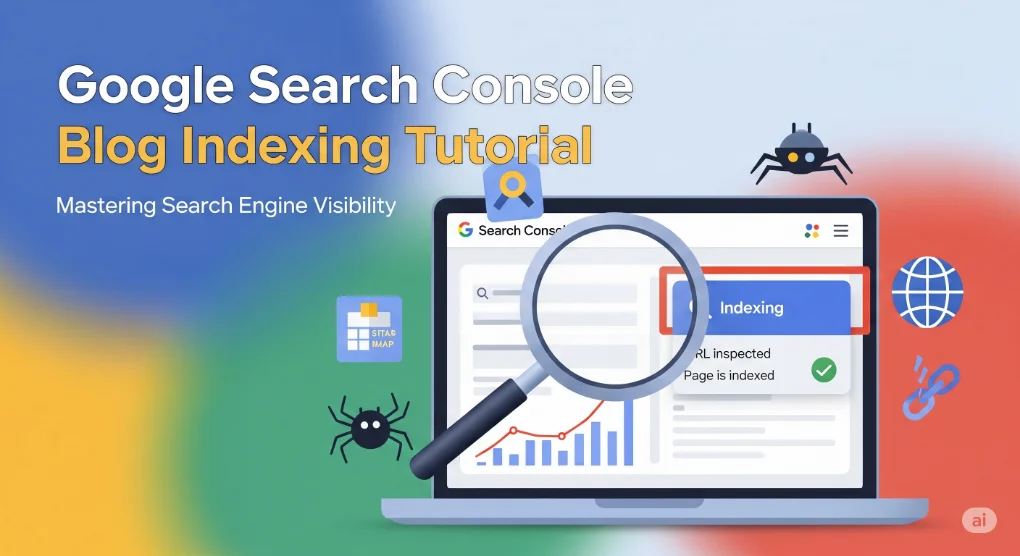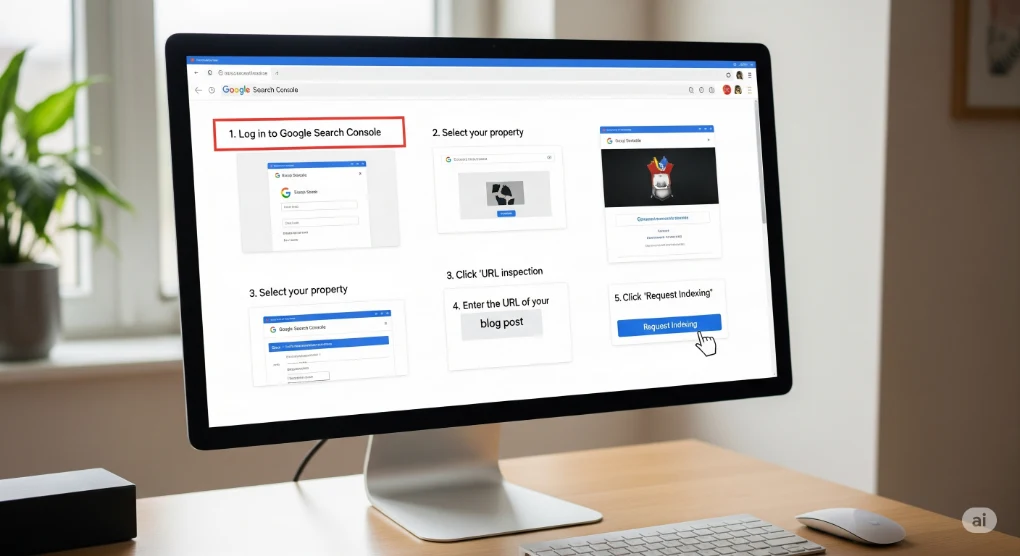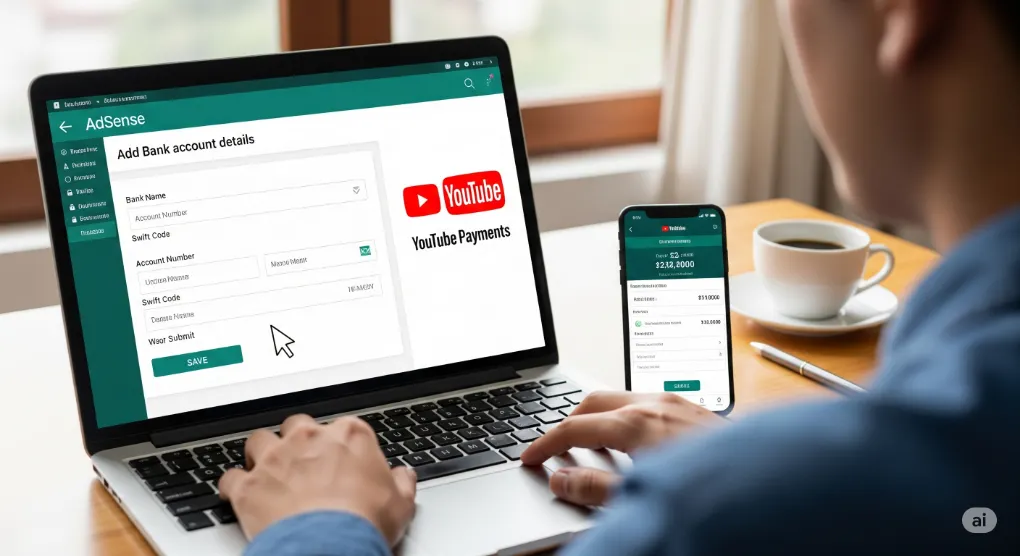YouTube Views to Income: How Much You Can Really Earn?
YouTube has become one of the most powerful platforms for creators, entrepreneurs, and influencers who want to share their content with the world. From entertaining vlogs to educational tutorials, the opportunities are endless. But the most common question every aspiring YouTuber asks is simple: how much money can you really earn from YouTube views?
The answer is not as straightforward as many think. While YouTube offers creators the chance to generate income through ads, brand deals, memberships, and other revenue streams, the actual income depends on several factors such as audience location, niche, engagement, and ad types. Let’s break it down step by step.
Understanding YouTube Monetization
To start earning money from YouTube, you need to join the YouTube Partner Program (YPP). To qualify, your channel must have at least 1,000 subscribers and 4,000 watch hours in the past 12 months or 10 million valid Shorts views within 90 days. Once you qualify, YouTube allows you to monetize your videos through ads.
When ads play before, during, or after your videos, advertisers pay YouTube. In return, YouTube shares a portion of this income with you. Typically, creators receive 55% of the revenue, while YouTube keeps 45%.
The Role of CPM and RPM
To understand YouTube income, you must learn about two terms:
-
CPM (Cost Per Mille): This represents how much advertisers pay for 1,000 ad impressions.
-
RPM (Revenue Per Mille): This shows how much you, the creator, actually earn for every 1,000 views after YouTube takes its share.
For example, if your CPM is $5, you might expect $5 per 1,000 views. But after deductions and depending on ad engagement, your RPM could be around $1.50 to $3.
Factors That Affect YouTube Income
-
Audience Location
Advertisers pay more for audiences from countries like the USA, Canada, UK, and Australia compared to regions with lower purchasing power. -
Niche or Topic
Some niches are more valuable for advertisers. For instance, finance, business, and technology channels usually attract higher CPM rates, while entertainment or lifestyle content may have lower CPMs. -
Engagement
Viewer engagement matters a lot. If your audience watches videos longer, clicks ads, or interacts with your content, your income potential increases. -
Ad Types
Skippable ads, non-skippable ads, display ads, and bumper ads all pay differently. Longer or premium ads often bring in higher revenue. -
Seasonal Trends
During festive or holiday seasons, advertisers spend more on ads, which boosts CPM rates. For example, income is usually higher in November and December compared to other months.
How Much You Can Earn Per View
The average earnings from YouTube ads can range widely. Generally, creators make $0.01 to $0.03 per view from ad revenue. That means for every 1,000 views, you may earn anywhere between $10 to $30, depending on the factors mentioned above.
Here’s a rough breakdown:
-
1,000 views → $10 to $30
-
10,000 views → $100 to $300
-
100,000 views → $1,000 to $3,000
-
1,000,000 views → $10,000 to $30,000
This is not an exact figure, as results vary from channel to channel. However, it gives a clear picture of the potential income.
Beyond Ad Revenue: Other Ways to Earn on YouTube
While ad revenue is the most common income source, successful creators do not rely on ads alone. Some additional income opportunities include:
-
Brand Sponsorships
Companies often pay creators to promote their products or services in videos. Sponsorship deals can sometimes bring in more income than ads. -
Affiliate Marketing
Creators share affiliate links in video descriptions. When viewers purchase products through those links, creators earn commissions. -
Channel Memberships and Super Chats
YouTube allows fans to support creators directly through memberships, donations, and Super Chats during live streams. -
Merchandise Sales
Selling branded merchandise like T-shirts, mugs, or digital products can significantly boost earnings. -
Courses and Consultations
Many creators monetize their expertise by selling online courses or offering consultations.
Realistic Expectations for Beginners
If you are just starting, it is important to set realistic goals. Most new channels will not earn thousands of dollars instantly. Growing a YouTube channel takes time, consistency, and dedication. For the first few months, focus more on building your subscriber base and increasing watch time rather than income.
Once you cross the monetization threshold and consistently upload quality content, your earnings will gradually rise. Remember, every big YouTuber started small.
Tips to Increase Your YouTube Income
-
Create High-Quality Content: Videos with clear visuals, engaging storytelling, and valuable information attract more viewers.
-
Focus on SEO: Use relevant titles, descriptions, and keywords to rank higher in search results.
-
Engage with Your Audience: Reply to comments, ask questions, and build a community. Loyal viewers are more likely to watch ads and support your channel.
-
Experiment with Video Length: Longer videos (8 minutes or more) allow multiple ads, increasing potential revenue.
-
Diversify Income Sources: Do not rely only on ads. Explore sponsorships, affiliate marketing, and other revenue streams.
Final Thoughts
YouTube is not just a platform for entertainment; it is a career opportunity for millions of creators worldwide. While income from YouTube views can vary widely depending on niche, location, and engagement, the potential is massive. Some creators earn a modest side income, while others build full-time businesses and even achieve financial freedom.
If you are passionate about creating videos and willing to stay consistent, YouTube can turn into a rewarding journey. Focus on quality, connect with your audience, and explore multiple income opportunities. Over time, you will not only earn money but also build a personal brand that can open doors to endless possibilities.





